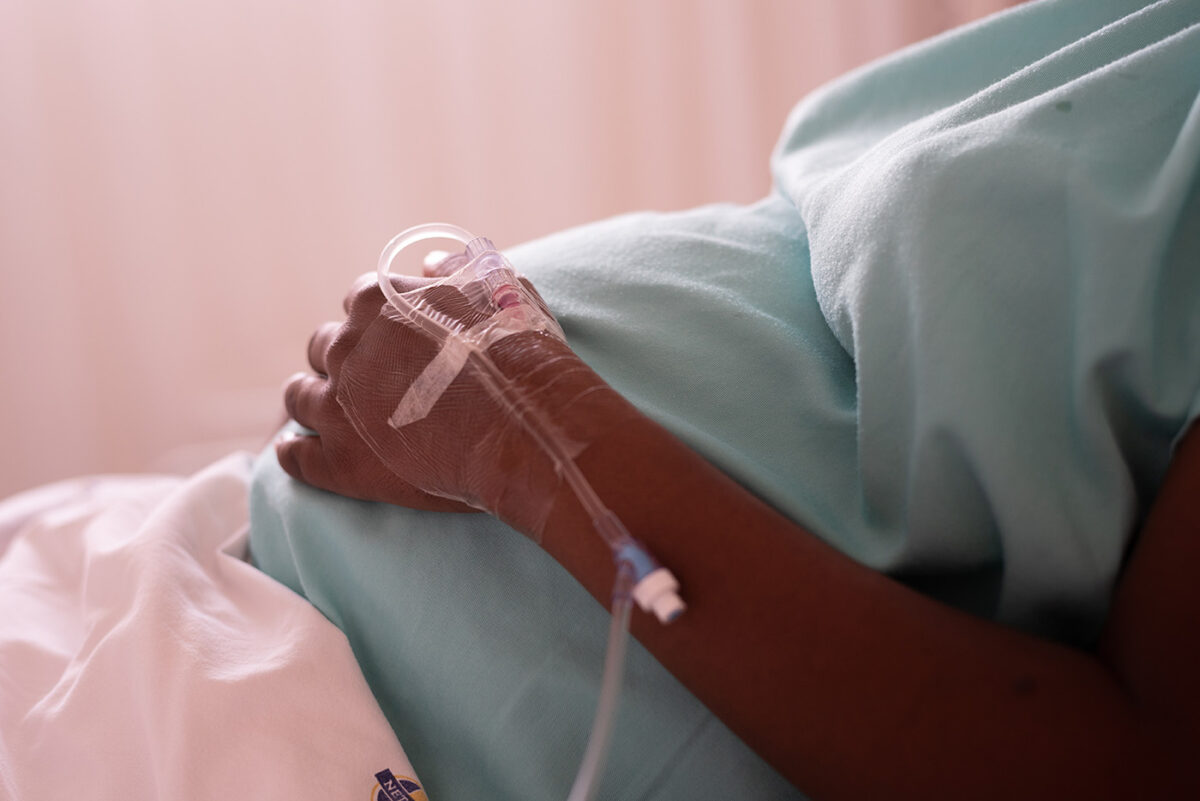
Authors
Elizabeth (Izzy) Montgomery, MPA
Policy Analyst
Katrina Bishop
Policy Analyst
Contact
ACHI Communications
501-526-2244
jlyon@achi.net
Arkansas had the third-highest infant mortality rate in the nation in 2022, with 7.67 infant deaths per 1,000 live births, according to data released July 25 by the Centers for Disease Control and Prevention. “Infant mortality” refers to the death of an infant before his or her first birthday.
There were 309 infant deaths in the state in 2021 and 272 in 2022, the data show. Although the infant mortality rate decreased by 11% compared to 2021, when Arkansas had the second-highest infant mortality rate in the U.S. (8.59 deaths per 1,000 births), the decrease was not deemed statistically significant.
Nationally, the infant mortality rate experienced the first year-over-year increase in 20 years. Infant deaths increased by 3% between 2021 and 2022, with a rate of 5.6 deaths per 1,000 births in 2022, compared to 5.44 deaths per 1,000 births in 2021. This represents 19,928 infant deaths in 2021 and 20,577 infant deaths in 2022.
Neonatal morality rates (deaths at less than 28 days old) increased nationally by 3% compared to 2021, with 3.59 deaths per 1,000 births in 2022, compared to 3.49 deaths per 1,000 births in 2021. Preterm infant mortality rates (deaths at less than 37 weeks of gestation) increased by 3%, with 34.78 deaths per 1,000 births in 2022, compared to 33.59 deaths per 1,000 births in 2021. Early preterm mortality rates (deaths at less than 34 weeks of gestation) increased by 4%, with 107.94 deaths per 1,000 births in 2022, compared to 103.08 deaths per 1,000 births in 2021.
In 2022, the five leading causes of all infant deaths were the same as those in 2021: congenital malformations (19.5% of infant deaths), disorders related to short gestation and low birth weight (14.0%), sudden infant death syndrome, or SIDS (7.4%), unintentional injuries (6.6%), and maternal complications (5.9%). Maternal complications include conditions such as diabetes, high blood pressure, and obesity. Infant deaths from maternal complications saw a statistically significant increase, with 33.1 deaths per 100,000 births in 2022, compared to 30.4 deaths per 100,000 births in 2021. While bacterial sepsis is not a leading cause of infant mortality across all racial and ethnic groups, among infants born to Asian non-Hispanic women, bacterial sepsis was the fourth-leading cause of death in 2022, with a rate of 16.9 per 100,000 births, and the fifth-leading cause of death for infants born to Central and South American women, at a rate of 14.6 per 100,000 births.
Infant mortality rates among American Indian and Alaska Native infants and White infants in the U.S. saw statistically significantly increases from 2021 to 2022. The infant mortality rate among American Indian and Alaska Native infants was 9.06 deaths per 1,000 births in 2022, compared to 7.46 deaths per 1,000 births in 2021, and the rate among White infants was 4.52 deaths per 1,000 births in 2022, compared to 4.36 deaths per 1,000 births in 2021. Infant mortality rates among Black, Native Hawaiian or other Pacific Islander, and Hispanic infants also increased from 2021 to 2022, but these increases were not deemed statistically significant. Deaths among Black infants remain the highest of all racial and ethnic groups, with 10.9 deaths per 1,000 births in 2022, compared to 4.52 deaths per 1,000 births among White infants in the same year.
In Arkansas, efforts are underway to reduce infant deaths. One such effort is the Following Baby Back Home program, developed by the University of Arkansas for Medical Sciences’ Department of Pediatrics, which seeks to improve outcomes for high-risk infants by providing health-oriented home visiting and care management services following the infants’ discharge from neonatal intensive care. ACHI and UAMS partnered on an evaluation of the program in 2019.
ACHI has been working to highlight health risks in the birthing journey and policy options to achieve better maternal and infant health outcomes. These options include investing in doulas, enhancing access to and education about long-acting reversible contraception, achieving 12 months of postpartum healthcare coverage, and expanding access to home visiting services. For more, see our Maternal and Infant Health topic page and ACHI President and CEO Dr. Joe Thompson’s recent column in the Healthcare Journal of Arkansas discussing maternal and infant health in our state.






